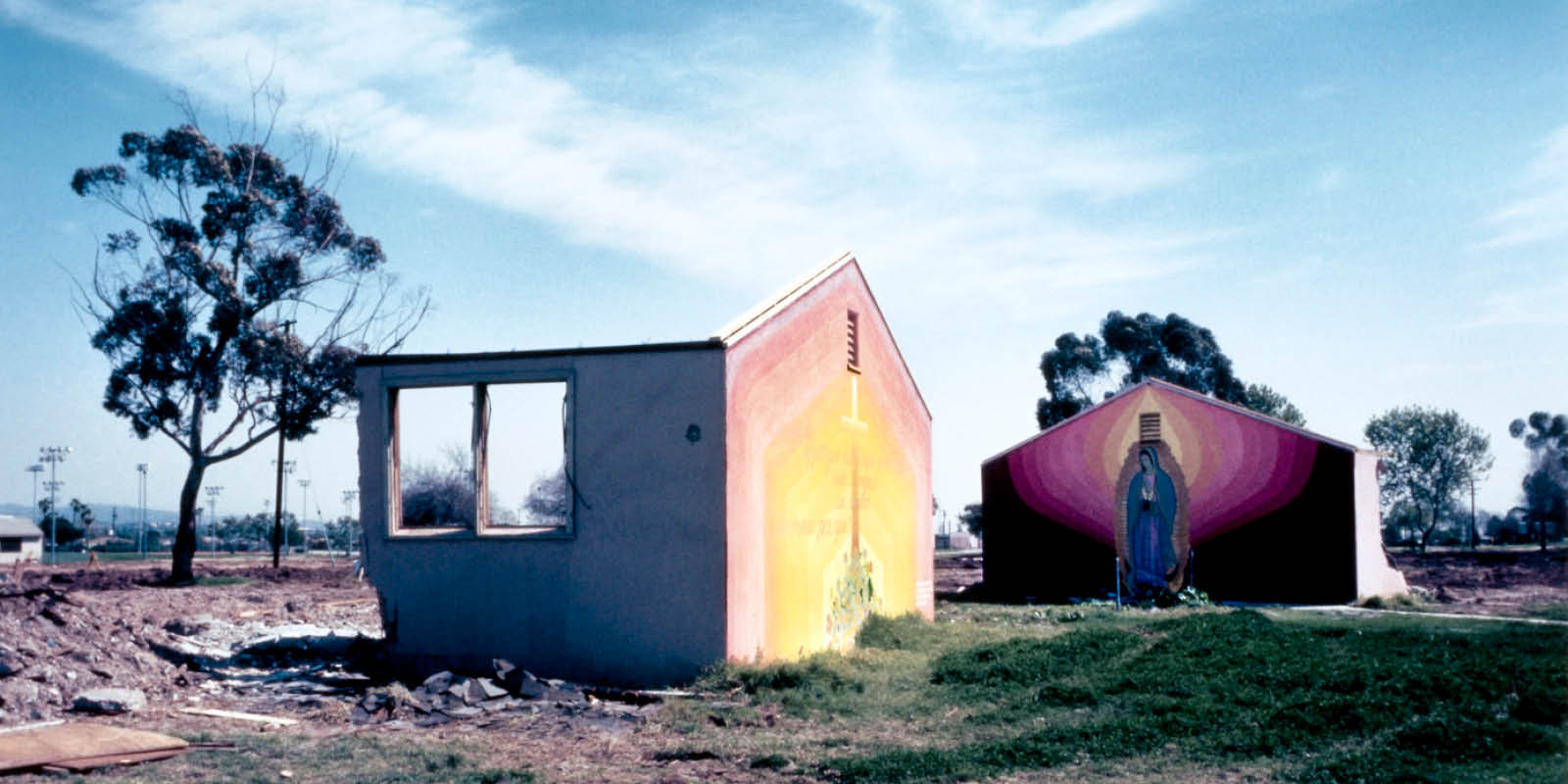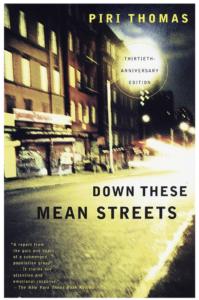The American city underwent unprecedented transformations after World War II. As middle-class populations shifted to the suburbs and new highways cut through thriving neighborhoods, many cities began to experience economic and social disintegration, especially in Black, Latino, and working class communities. Down These Mean Streets: Community and Place in Urban Photography unites the work of ten artists who critically reflect on the state of urban America primarily between the 1960s and early 1980s, when government initiatives that sought to address the needs of cities in crisis sparked public debate. The title is drawn from Piri Thomas’s classic 1967 memoir, Down These Mean Streets. Like Thomas, their work challenges perceptions of embattled cities and explores the human narratives that unfolded in communities across the United States.
This exhibition examines how Latino photographers, many of whom came of age in urban neighborhoods, frame their environment. They approach the street not as detached observers but as engaged participants by turning to portraiture, urbanscapes, serial photography, or unconventional manipulations of the photographic image. Many contribute to a long tradition of socially driven documentary photography. Others embrace conceptual strategies or use color photography to capture a less romantic image of the American city. Their work reexamines neighborhoods often viewed as places of social decline and affirms the strength of community in urban America.
Organized by E. Carmen Ramos, SAAM’s deputy chief curator and curator of Latino art, the exhibition explores the work of ten photographers. To read artist bios, click here.
Rather than approach the neighborhoods as detached observers, these artists deeply identified with their subject. Activist and documentary photographer Frank Espada captured humanizing portraits of urban residents in their decaying surroundings. Hiram Maristany and Winston Vargas lovingly captured street life in historic Latino neighborhoods in New York City, offering rare glimpses of bustling community life that unfolded alongside urban neglect and community activism. Working in Los Angeles, Oscar Castillo captured both the detritus of urban renewal projects and the cultural efforts of residents to shape their own neighborhoods. Perla de Leon’s poignant photographs of the South Bronx in New York—one of the most iconic blighted neighborhoods in American history—place into sharp relief the physical devastation of the neighborhood and the lives of the people who called it home.
John Valadez’s vivid portraits of stylish young people in East Los Angeles counter the idea of inner cities as places of crime. Camilo José Vergara and Anthony Hernandez adopt a cooler, conceptual approach in their serial projects, which return to specific urban sites over and over, inviting viewers to consider the passage of time in neighborhoods transformed by the urban crisis. The barren “concrete” landscapes of Ruben Ochoa and Manuel Acevedo pivot on unconventional artistic strategies such as the merging photography and drawing, to inspire a second look at the physical features of public space that shape the lives of urban dwellers.

